Things you might want to know before diving into the world of photography. Here are 7 essential tips that will help you learn photography.
So, you’ve finally purchased the camera you’ve been dreaming of. Eager to capture those wallpaper-worthy photos? There are specific aspects you need to consider if you aim to take excellent photos consistently.
While anyone might capture that perfect shot occasionally, what distinguishes an average photographer from a good one is consistency.
Good photographers don’t just snap countless images and filter out the best ones. Instead, they focus on capturing a better photo than the previous one each time they press the shutter.
With that said, there are certain insights you’ll want to have before delving into the world of photography. Below are 7 essential tips that will help you master photography more quickly and efficiently.
1. Buy Only The Necessary Equipment
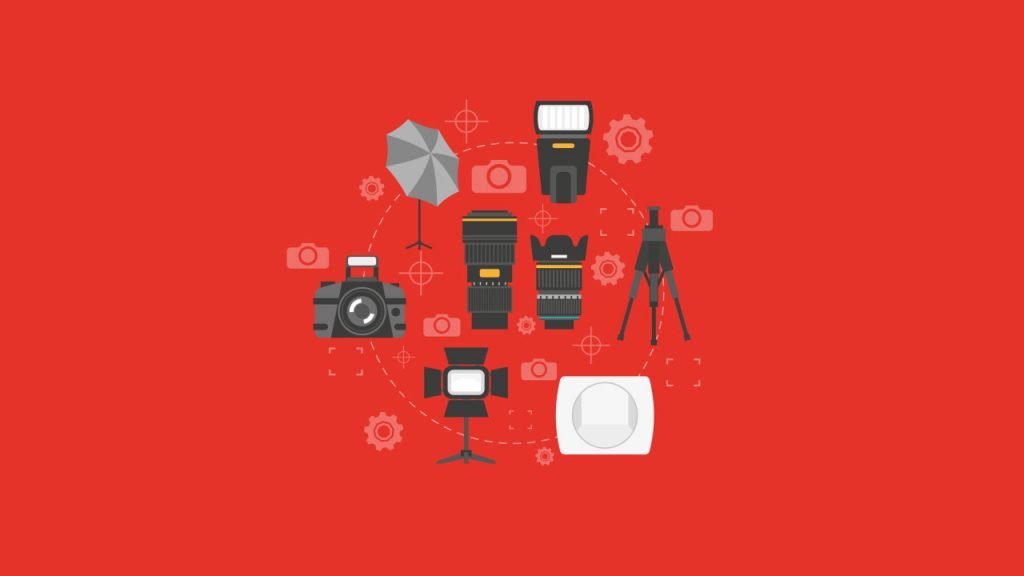
Even if you have the funds, don’t hastily purchase the most expensive camera available on the market. You can achieve captivating shots even with entry-level DSLRs.
As your skills improve over time, you’ll come to understand which camera suits your budget and needs. If you are new to photography, opt for a mid-range camera that can deliver quality photos.
Moreover, if you have unsteady hands, a tripod can significantly enhance the quality of your shots.
Don’t immediately gravitate towards those fancy, expensive lenses just because you can afford them. Maintain a clear vision of the kind of photos you wish to take. For instance, if you’re looking to photograph nearby flowers or achieve close-ups, those larger lenses might not be as useful.
2. Try To Take Photos Every Day
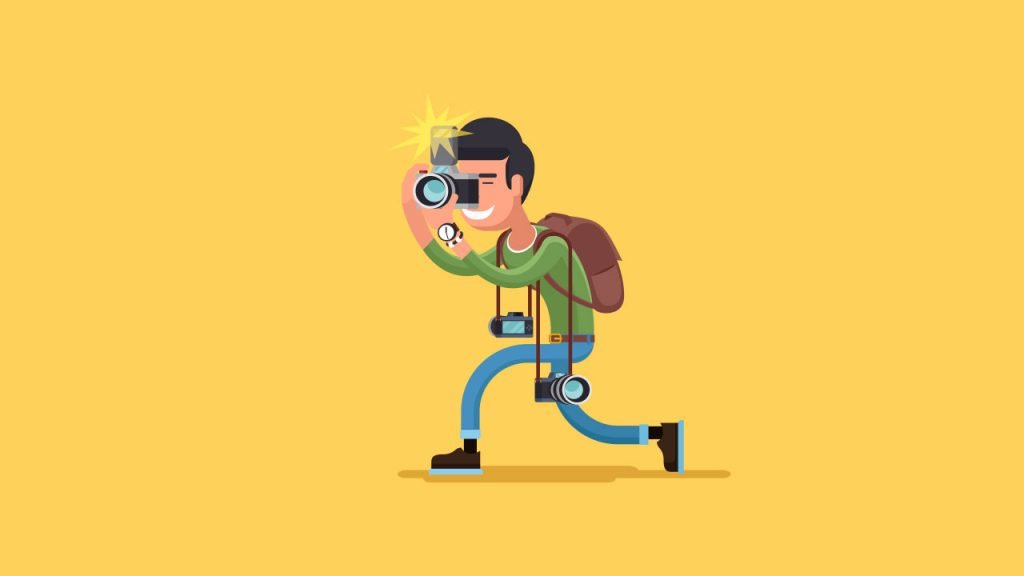
The best way to sharpen your skills is to attempt to capture something every single day. Whenever possible, carry your camera with you everywhere. After all, life’s most memorable moments often occur unexpectedly.
Sometimes, you might encounter something beautiful that doesn’t initially capture your interest. For instance, simple subjects like a fishbowl can sometimes refract light in unexpected ways.
3. Know Your Camera
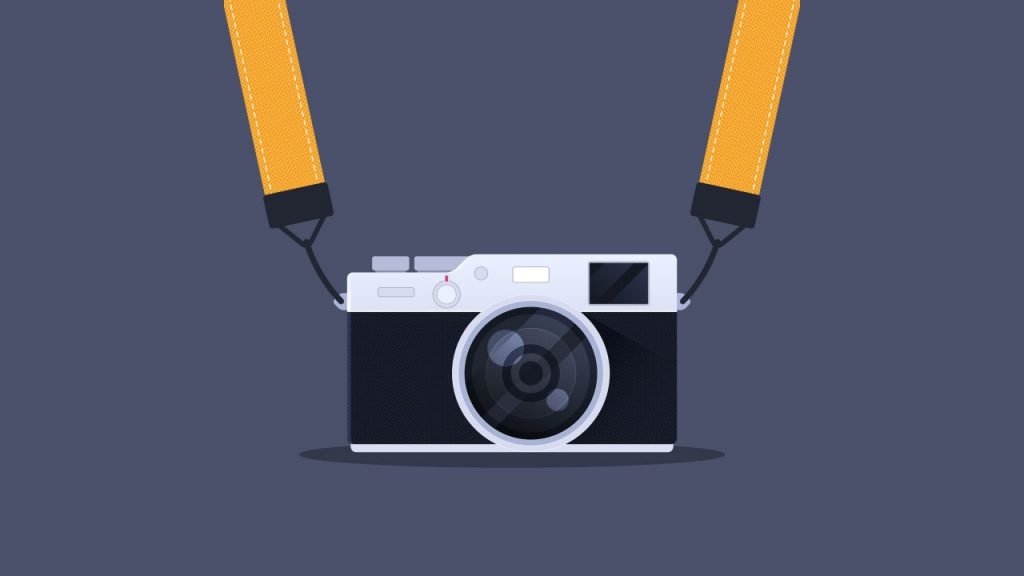
The first thing anyone wanting to capture good shots should do is to familiarize themselves with their camera’s capabilities. Explore and understand the features your camera offers.
Various parameters uniquely determine the details in a photo. Grasp the fundamentals of how your photos change when certain parameters, like aperture, are adjusted.
Consider various factors such as shutter speed, ISO, and aperture. While this may seem like a daunting task, it’s what sets apart good photographers from the great ones.
The terminology might sound unfamiliar and challenging initially, but it becomes much simpler once you become accustomed to it.”
4. Understand The Term Perception
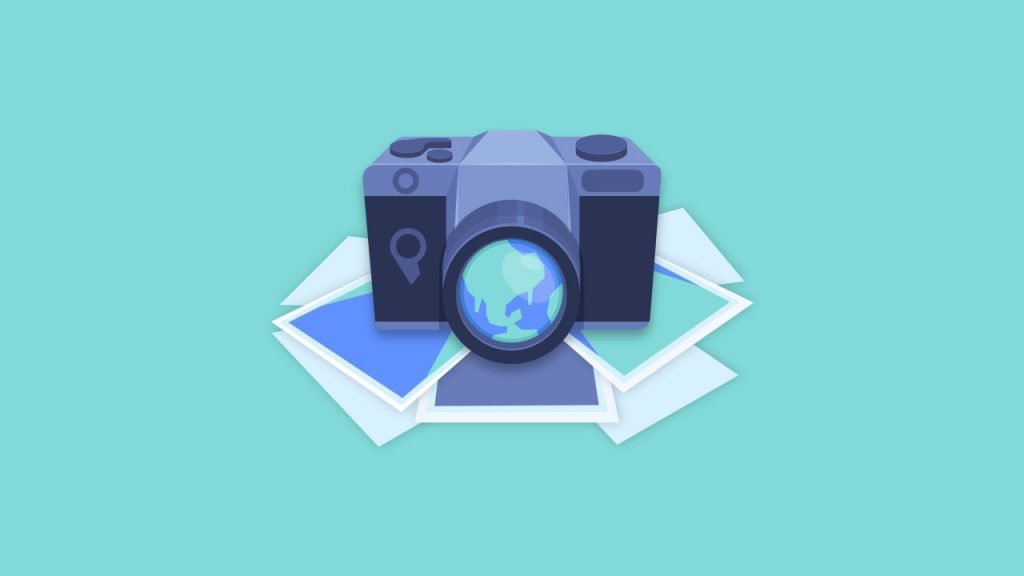
Perception is one of the overlooked principles of photography. It relates to the interplay between various objects in your frame, such as size and space.
Whether a photo appears 3D or flat depends entirely on perception. However, this is a complex topic, and only practice and experimentation will lead to improvement.
5. Post Processing Is Important

Photographers not using Polaroid instant cameras should be well-acquainted with post-processing techniques. Do you expect your camera to produce vibrant, lifelike images straight out of the box?
Most digital cameras yield somewhat flat and muted images. Post-processing helps the image recapture that natural light or the original color you envisioned.
Basic processing techniques include adjusting brightness, saturation, and contrast. While these techniques are effective, they have their limits.
Software like Adobe Lightroom can significantly enhance the quality of your photos. It offers features such as the ability to selectively adjust an image’s focus. Dodging and burning, which involve selective lightening and darkening, are also potent tools to draw the viewer’s attention.
6. Play With The Camera Settings

Don’t hesitate to take numerous photos using a variety of settings. Many settings can drastically alter the quality and color of an image. Experiment by capturing the same subject using a mix of different settings.
Familiarize yourself with the type of image stabilization your camera offers and understand how long the shutter can remain open.
Experiment with your camera’s ISO, Auto Focus, and White Balance settings. Although ISO primarily affects the noise level in an image, it might surprise you that sometimes a lower ISO performs better than a higher one.
You can also utilize web applications to grasp the basics of a DSLR.
If you’re curious about the settings employed for a specific photo, refer to the file’s EXIF data. It provides a detailed account of the exact settings used for that shot.
7. Try To Understand The Very Nature of Light
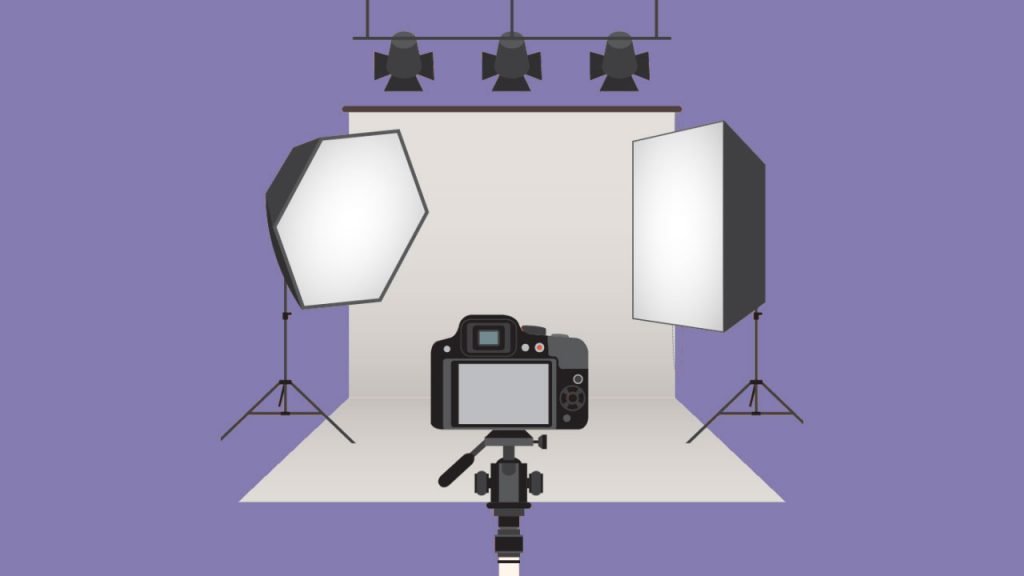
Every photo you capture is influenced by the amount of light, as cameras are designed to function that way. Each photograph is unique, and so are the conditions surrounding it.
While mastering light is an unattainable feat, we can strive to comprehend its behavior, which can be the distinguishing factor between mediocre and remarkable shots.
The outdoors is the ideal place to study light. By observing how light interacts or reflects off objects or individuals, you’ll gradually learn how to harness light to your benefit.
If you’re working in low-light conditions, a light source is essential. Determining the right amount of light is something you’ll learn with experience. So, consider getting a studio flashlight and start experimenting.


